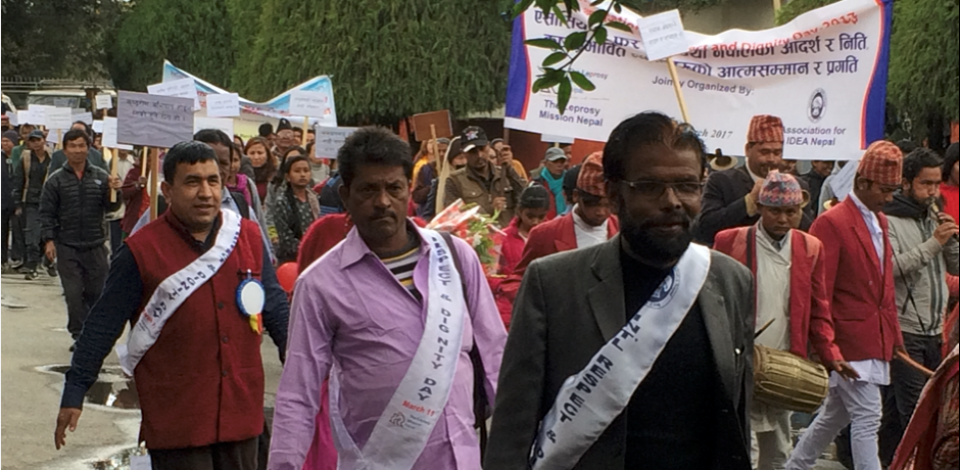Everyone holds and makes assumptions about different groups of people. Sometimes people are aware of these assumptions and try to minimise their influence on their behaviour. Often people are unaware or justify why ‘others’ should be blamed for violating societal norms. Such stigmatising attitudes can come from family members, neighbours, employers, classmates and fellow believers in church or at the mosque or temple, but importantly also from health and social workers. Stigma from health and social workers can be particularly hurtful, since they are very influential and may be the only people an affected person turns to for help.
People often do not realise that they stigmatise others. They may use certain words that are experienced as stigmatising by those affected – for example, a preacher referring to ‘lepers’ in a church sermon. This may also be true of certain behaviours like avoiding talking with a blind person or someone in a wheelchair because you feel uncomfortable about what may or may not be appropriate to say. It can be helpful to examine your own attitudes by asking yourself questions, such as:
- Would I accept a glass of water from someone who is HIV-positive?
- Would I invite a person affected by leprosy for dinner in my home along with other guests?
- Would I accept an invitation to eat at the home of a person affected by leprosy?

Consider how strongly you agree or disagree with the following statement: ‘Even though I know it's not appropriate, I sometimes feel that I hold unconscious negative attitudes towards people with conditions such as a mental illness and NTDs.’
An organisation of people affected by leprosy organised training for their members in a reputable hotel. When participants arrived, some of them with visible disability due to leprosy, the manager of the hotel suddenly refused to let them stay in the hotel. According to the hotel manager, this was for the sake of the other guests. The training was called off.
This is an example of how an organisation or employees of the organisation can stigmatise. This example is also a form of discrimination, where persons affected by leprosy were denied their right to use or stay at the hotel.
Nina is a health care worker who has just been assigned responsibility in a leprosy control programme. She does not feel comfortable with this new assignment because she thinks that people living with leprosy are ‘victims’ of their own bad lifestyles. She believes that they have been involved in sinful behaviour. Nina is in the leprosy control programme orientation training. She still has a strong belief that people living with leprosy are bad and that they can easily transmit their disease to other people. She is angry with them because of their behaviour and does not want to meet with people living with leprosy during the field training. She finally withdraws from the training without saying why she withdrew.
In this example, Nina has a negative attitude towards people living with leprosy and she gives negative labels to the people concerned. Nina shows a personal attitude that is associated with a stereotype involving morality and behaviour towards a certain health condition. Such emotional reactions can cause others to also avoid or distance themselves from those affected by that health condition.

 Infolep
Infolep